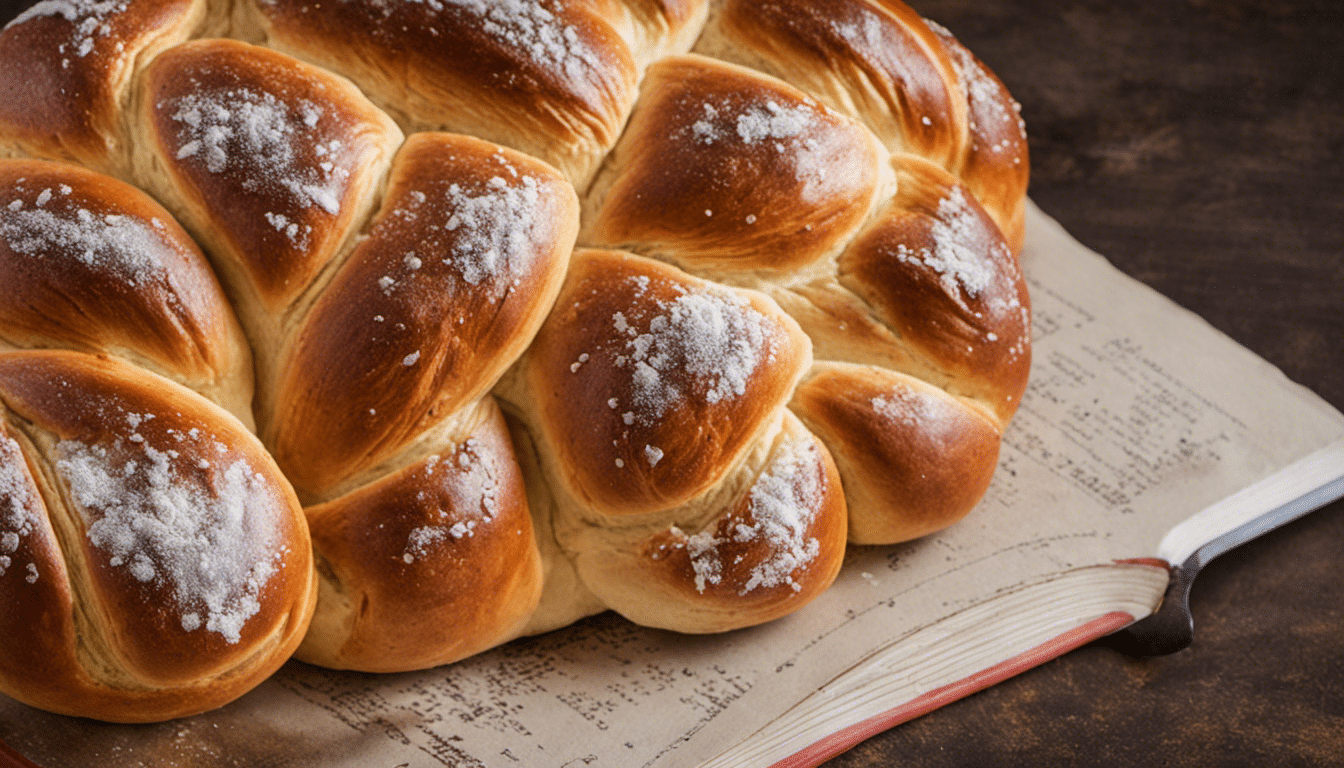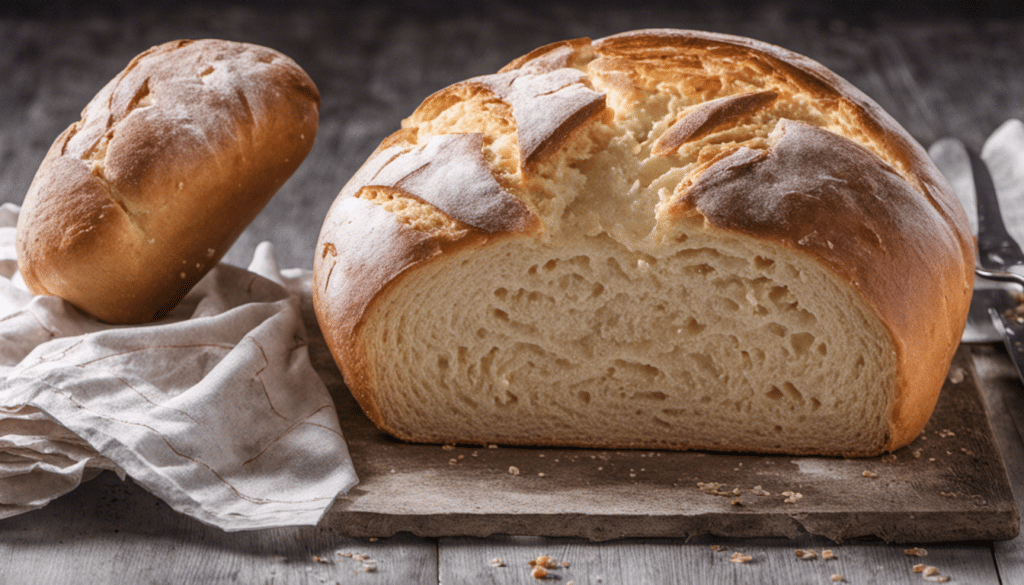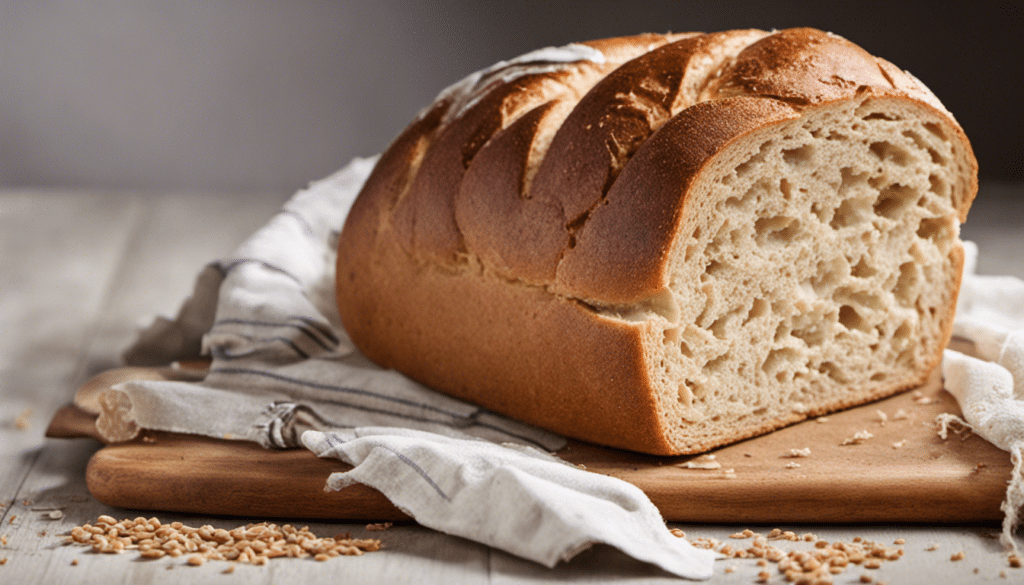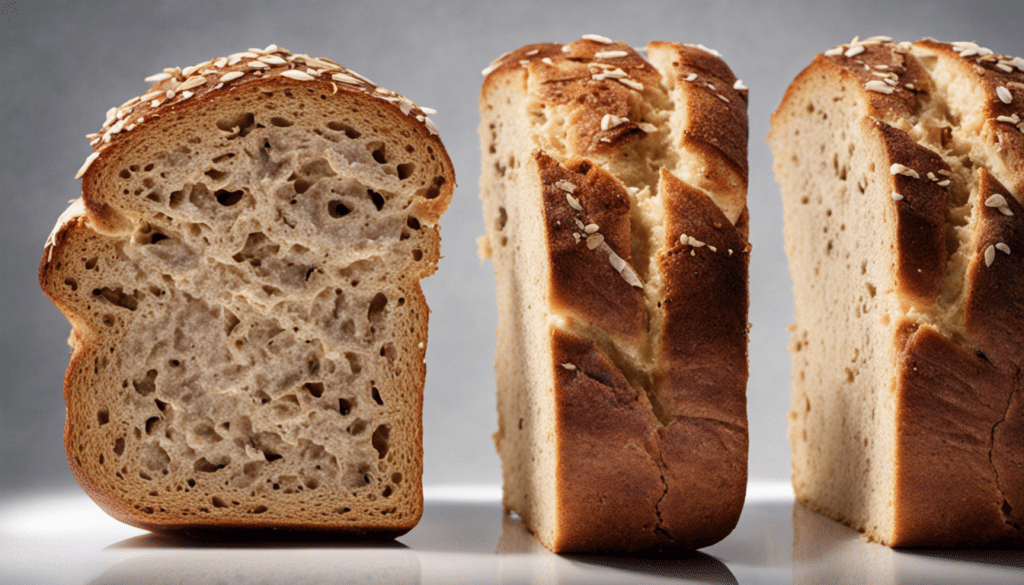| Prep: 20 mins | Cook: 30 mins – 35 mins | Difficulty: Moderate | Serves: 6 |
| kcal | fat | saturates | carbs |
| 490 | 12g | 2g | 84g |
| sugars | fibre | protein | salt |
| 20g | 3g | 13g | 0.40g |
About Challah
Have you ever taken a bite of a bread so sweet, light, and rich that it changed your world? If not, then we must introduce you to the wonderful world of Challah. This iconic Jewish bread, decorated with an intricate braided design, graces tables on Sabbath and Jewish holidays, but its delightful taste makes it equally coveted for everyday eating. This bread is pillow-soft, subtly sweet, and exemplary in its simplicity. Let’s explore it further.
Origin and Significance of Challah
The term ‘Challah’ refers to a small portion of dough that was separated and given to the Temple in ancient times. The meaning evolved over time and today, it normally refers to the braided bread eaten on the Jewish Sabbath and holidays. It holds a special place in Jewish tradition, associated with many customs and symbolic interpretations, and is often used in ceremonies and celebrations.
Characteristics of Challah
Challah has a rich and distinct flavor, the result of ingredients like honey and eggs. Although there are many variations of Challah, the traditional recipe includes staples like active dry yeast, sugar, and all-purpose flour. Key differences lie in the addition of ingredients like honey or eggs. In traditional recipes, the amount of egg yolks included often increases, giving the bread its unique richness and yellow color. The dough is typically brushed with an egg wash before it is baked, granting it a golden and glossy appearance.
A Bread for All Occasions
With its tender crumb and slightly sweet flavor, Challah is perfectly suited to a range of dishes and culinary applications. It shines through when simply served warm with butter, but also acts as an excellent base for French toast, thanks to its ability to absorb the custard without losing its structure. It also makes truly exceptional sandwiches; given Challah’s inherent rich flavor, it pairs well with savory accompaniments, making it a favorite for leftover turkey sandwiches following Thanksgiving. Moreover, its sweetness makes it a great pairing with spicy foods or rich, creamy cheeses.
The Baking Process
Making Challah bread from scratch is a labor of love, but entirely worth the effort. The dough is first proofed, allowing the yeast to permeate through the dough’s gluten structure. It is then kneaded until it attains a smooth and elastic texture. The real artistry comes in the shaping process; the dough is divided and rolled into long ropes, which are then meticulously braided together. This may prove challenging to the uninitiated, but with a bit of practice, it becomes second nature. The challah is then baked until it achieves its trademark golden hue.
Once you’ve mastered making Challah, you might find that store-bought breads lose their appeal. This bread has shaped civilizations, solidified traditions, and ultimately, it fills stomachs and satiates taste buds. It is a testament to the beauty that roots in simplicity. We hope you feel the love and sanctity we feel when baking, eating, and sharing Challah.
What You’ll Need
- 1 1/4 cups warm water (110 degrees)
- 1/2 cup granulated sugar
- 2 teaspoons active dry yeast
- 6 1/2 cups all-purpose flour
- 1 teaspoon salt
- 4 large eggs
- 1/2 cup vegetable oil
- 1/4 cup honey
- 1 egg yolk (for the egg wash)
- 2 tablespoons sesame seeds or poppy seeds (optional for topping)
Method
Step One
Begin by warming the water to approximately 110 degrees. Once warm, transfer the water to a large bowl and mix in the granulated sugar until it has dissolved. Sprinkle the active dry yeast over the top of the water, but do not stir it in. Let it sit for around 5 minutes, or until it starts to foam.
Step Two
In a separate large bowl, combine the all-purpose flour and salt. Mix them together until they’re well combined.
Step Three
Once the yeast mixture has become foamy, add in the eggs, vegetable oil, and honey. Stir these ingredients together thoroughly until it forms a smooth mixture.
Step Four
Slowly add the flour mixture to the yeast mixture, stirring continuously. Once all the flour has been added, knead the dough on a lightly floured surface for about 10 minutes, or until it becomes smooth and elastic.
Step Five
Place the dough in a large greased bowl, cover it with a clean kitchen towel, and let it rise in a warm place for around 2 hours, or until it has doubled in size.
Step Six
Preheat your oven to 375 degrees and lightly grease a baking sheet. Punch down the dough and divide it into 3 equal parts. Roll each part into a rope and braid the ropes together.
Step Seven
Place the braided loaf on the greased baking sheet and brush it with the egg yolk. If desired, sprinkle the sesame or poppy seeds over the top.
Step Eight
Bake the challah in the preheated oven for about 30 minutes, or until it becomes golden brown. Remove it from the oven and let it cool before serving.




